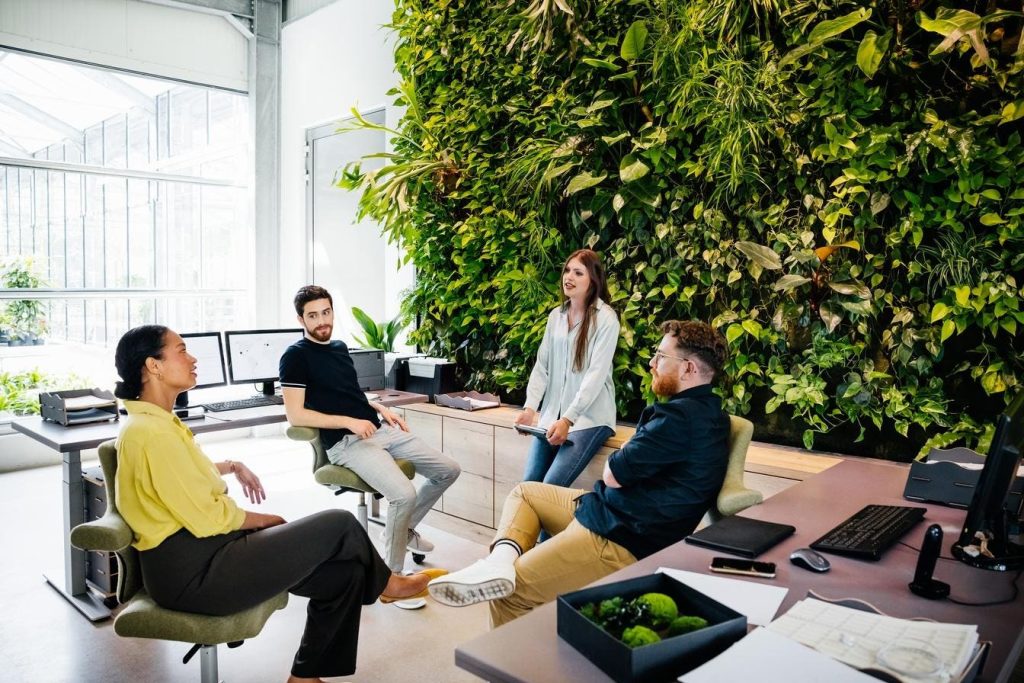As hybrid work arrangements become the norm, organizations are rethinking the purpose of physical workspaces. Allison Ballard, Vice President of Strategy, Workplace at CORT, believes that organizations can leverage the office as a catalyst for collaboration and innovation in the face of unprecedented vacancies and declining office values. By redefining the office’s role to prioritize social connections and combat the negative effects of stress and loneliness, workplaces can become hubs for creativity and community-building.
The impact of stress and loneliness on individuals’ mental and physical health has been magnified by the Covid-19 pandemic. The 2023 Stress in America survey by the American Psychological Association and reports from the U.S. Surgeon General emphasize the importance of human connection in mitigating risks to health. Ballard suggests that prioritizing face-to-face interactions in the workplace can help combat feelings of isolation and stress, leading to groundbreaking innovations and meaningful connections.
To embrace the transformative power of the office, organizations can invest in making their office a hub for collaboration and community-building. Implementing strategic solutions such as designing collaborative zones, fostering a culture of well-being, and leveraging technology for connectivity can help cultivate environments that inspire creativity and productivity. By prioritizing mental health and well-being initiatives, organizations can create a sense of belonging and purpose among team members.
Historical examples such as the founding of Adobe Systems and Apple Inc. highlight the impactful collaborations that can occur within shared office environments. Younger generations, like Gen Z, are seeking face-to-face interaction, friendships with colleagues, and opportunities for learning and development that are more accessible in an office setting. By reimagining the office’s purpose and prioritizing social connections, workplaces can become welcoming spaces where chance encounters and spontaneous conversations lead to groundbreaking innovations.
In a world where remote work setups are increasingly common, the reduction in face-to-face interactions can contribute to feelings of isolation and loneliness. By addressing these challenges and redefining the office’s role, organizations can create thriving work environments where innovation and relationships flourish. Ballard recommends investing in making offices collaborative and community-driven, promoting mental health and well-being initiatives, and leveraging technology to bridge the gap between physical and remote teams. By harnessing the full potential of the office space, organizations can create a work environment where success becomes a tangible reality.


